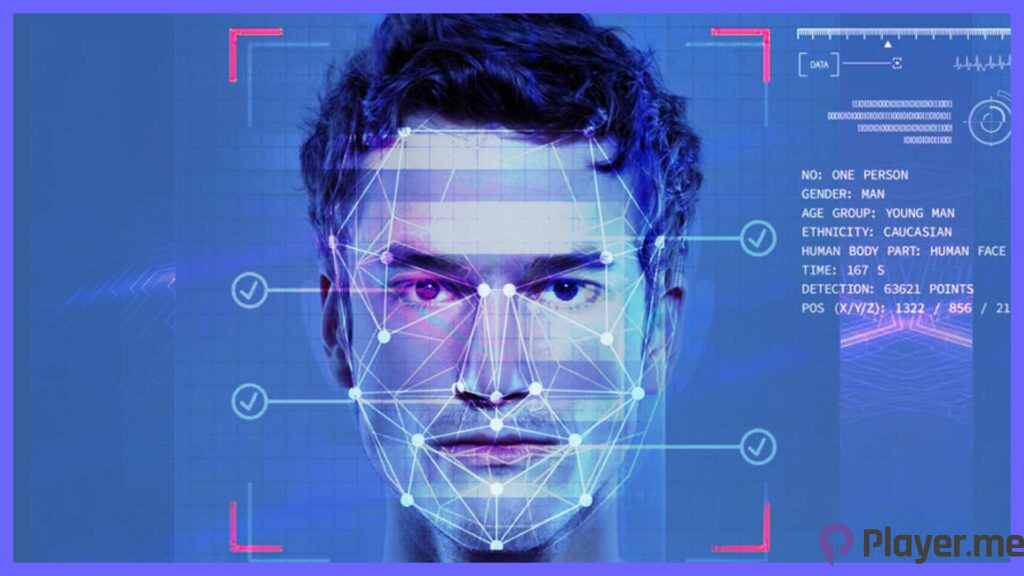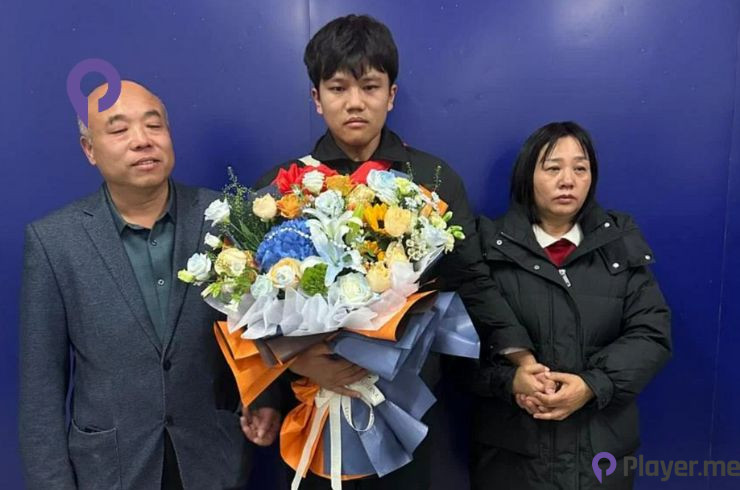After a gruelling 25 year search, 52-year-old Xie Kefeng was joyfully reunited with his son, who was abducted as an infant. The pivotal role of technology, specifically a facial comparison algorithm adept at considering age-related changes and family resemblances, played a crucial part in this heartwarming reunion.
The incident dates back to 1998 when Xie and his wife, residents of Xingtai, Hebei province, ran a small business. Shortly before the Spring Festival, Xie’s wife left their three-month-old son, Xie Qingshuai, unattended for a brief moment, only to discover upon her return that he had vanished. Despite an exhaustive search that spanned several provinces, the couple was unable to locate their child.
As there were no photographs of the baby, artists’ impressions were used on the notices announcing the abduction. Xie Kefeng kept up his own search, spending almost all his savings in the process to look for Xie Qingshuai.
Also Read: Google’s Latest Security Upgrade: Gmail’s AI-Powered Spam Detection RETVec Takes Centre Stage
Even After All These Years, the Couple Remained Hopeful
Although they tried to move on with their lives, the abduction hit the couple hard. The boy’s mother slipped into depression and remained on medication for almost 10 years. All the while, the couple kept working and searching, hoping to provide their son with a better life if and when he returned. “I always believed that Xie Qingshuai was still alive, and I will eventually find him,” said Xie Kefeng.
In late November this year, Xie Kefeng received a call from the police informing him that a facial comparison had led to Xie Qingshuai being found. A DNA comparison confirmed that it was indeed his long-lost son. Two individuals were implicated in the abduction; One deceased, while the other was taken into police custody. An intermediary involved in the sale of the baby was also apprehended.
Xie Qingshuai, currently employed in Chengdu, Sichuan province, experienced a heartwarming reunion with his father, mother, and older brother on Friday. During this emotional meeting, he also saw his two sisters for the first time. Unknown to his family, he had been sold to a couple residing in Handan, another city in Hebei. Following the passing of the man he believed to be his father, his wife remarried and relocated, leading to Xie Qingshuai being raised by his “Adoptive” grandparents.
Related: Alexandre Pouget Reveals New AI Tool with a Nose for Fraudulent
Artificial Intelligence Tech Played a Crucial Role in the Family’s Reunion

On Sunday, Beijing DeepGlint Technology Co, an artificial intelligence technology company, revealed on its official Sina Weibo social media account that a facial comparison algorithm developed by the company played a pivotal role in facilitating the heartwarming reunion.
In an accompanying video, the company explained that most abducted children are separated from their families at a young age, and their appearances undergo significant changes as time passes, posing a challenge to police investigations.
Based on the principle that facial features among relatives tend to be similar, the company’s algorithm can identify highly relevant potential matches, significantly improving the efficiency of the search process.
Quick Link: Microsoft Bing’s New Deep Search Uses GPT-4 for More Comprehensive Searches
Harnessing the Power of Facial Comparison Algorithm
The company said it used photos of both parents and the boy’s older brother to help the facial comparison algorithm narrow the search down to five possibilities. It said that Xie Qingshuai was the fourth abducted person it had helped the police locate in the past six months.
Shen Junliang, a father who was reunited with his abducted son in 2020 after 15 years of searching, said on the Weibo platform on Saturday that facial recognition technology was of great assistance in the search for missing children, offering hope to many families.
The Ministry of Public Security’s Criminal Investigation Bureau said it wants to promote the use of technologies, including facial recognition technology, to combat child trafficking and help reunite abducted children with their biological parents.
For the latest news on AI, check out https://player.me/category/ai/. Or you may also check out our Facebook and Instagram pages to stay updated wherever you go.
The “Reunion System” Remains in Action

In 2009, the ministry established a national DNA database to combat child abduction and trafficking. In May 2016, it established the Emergency Information Release Platform for Missing Children, known as the “Reunion System”. With a focus on the location where the child went missing, the system can disseminate related missing information to the public within a specific geographical range via 25 mobile applications and various new media channels.
By July last year, the ministry had established 5,000 free blood collection points nationwide, aiming to facilitate timely blood collection for families needing a DNA match. What are your thoughts on this happy reunion for the family in finding Xie Qingshuai? Let us know in the comments below.
To know more about how Fox Sports plans to use AI to boost efficiency with expanded Google Cloud Partnership and Video Search Innovation, check out our article right here.
Author Profile
Latest entries
 GAMING2024.06.12Top 4 Female Tekken 8 Fighters to Obliterate Your Opponents in Style!
GAMING2024.06.12Top 4 Female Tekken 8 Fighters to Obliterate Your Opponents in Style! NEWS2024.03.18Elon Musk’s SpaceX Ventures into National Security to Empower Spy Satellite Network for U.S.
NEWS2024.03.18Elon Musk’s SpaceX Ventures into National Security to Empower Spy Satellite Network for U.S. GAMING2024.03.17PS Plus: 7 New Games for March and Beyond
GAMING2024.03.17PS Plus: 7 New Games for March and Beyond GAMING2024.03.17Last Epoch Necromancer Builds: All You Need To Know About It
GAMING2024.03.17Last Epoch Necromancer Builds: All You Need To Know About It





